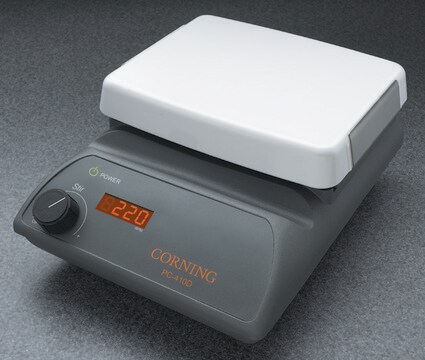05-593
Anti-α-Dystroglycan Antibody, clone IIH6C4
ascites fluid, clone IIH6C4, Upstate®
Synonyme(s) :
Dystrophin-associated glycoprotein 1, dystroglycan 1, dystroglycan 1 (dystrophin-associated glycoprotein 1), dystrophin-associated glycoprotein-1, LARGE-glycan, Large glycan
About This Item
Produits recommandés
Source biologique
mouse
Forme d'anticorps
ascites fluid
Clone
IIH6C4, monoclonal
Espèces réactives
human, mouse, canine, rat, guinea pig, rabbit
Fabricant/nom de marque
Upstate®
Technique(s)
immunofluorescence: suitable
immunohistochemistry: suitable
inhibition assay: suitable
western blot: suitable
Isotype
IgM
Numéro d'accès NCBI
Numéro d'accès UniProt
Conditions d'expédition
dry ice
Modification post-traductionnelle de la cible
unmodified
Informations sur le gène
human ... DAG1(1605)
Description générale
Spécificité
Immunogène
Application
Western Blot Analysis: A previous lot of this antibody was used on mouse muscle tissue lysate 3 months after shRNA induction, and in littermate controls (ctrl) and LARGE-null negative control (myd) (Goddeeris, M., et al. 2013, Nature).
Immunofluorescence: A previous lot of this antibody was used to detect α-Dystroglycan /LARGE-glycan in mouse muscle tissue (Goddeeris, M., et al. 2013, Nature).
Metabolism
Muscle Physiology
Qualité
Western Blot Analysis:
A 1:1000-1:2000 dilution of this lot detected α-Dystroglycan/LARGE-glycan in rabbit skeletal muscle.
Note: The use of WGA purified protein results in significantly cleaner blots and immunoprecipitates.
Post-translational modification of dystroglycan causes band broadening.
Description de la cible
Forme physique
Liquid at -20ºC.
Stockage et stabilité
Remarque sur l'analyse
Rabbit skeletal muscle lysate.
Autres remarques
Informations légales
Clause de non-responsabilité
En option
Code de la classe de stockage
12 - Non Combustible Liquids
Classe de danger pour l'eau (WGK)
WGK 2
Point d'éclair (°F)
Not applicable
Point d'éclair (°C)
Not applicable
Certificats d'analyse (COA)
Recherchez un Certificats d'analyse (COA) en saisissant le numéro de lot du produit. Les numéros de lot figurent sur l'étiquette du produit après les mots "Lot" ou "Batch".
Déjà en possession de ce produit ?
Retrouvez la documentation relative aux produits que vous avez récemment achetés dans la Bibliothèque de documents.
Notre équipe de scientifiques dispose d'une expérience dans tous les secteurs de la recherche, notamment en sciences de la vie, science des matériaux, synthèse chimique, chromatographie, analyse et dans de nombreux autres domaines..
Contacter notre Service technique